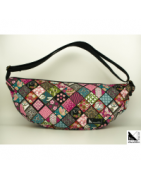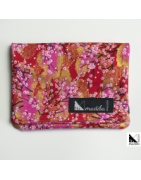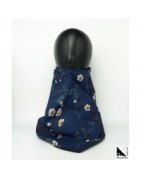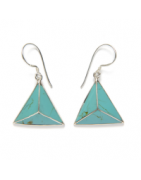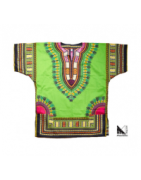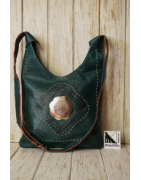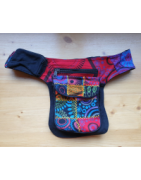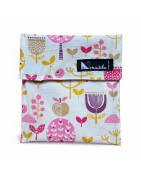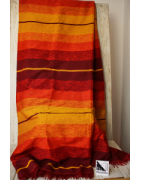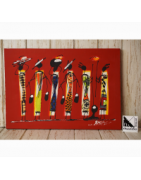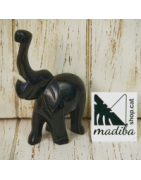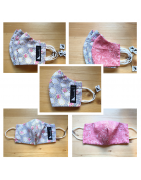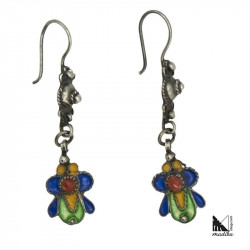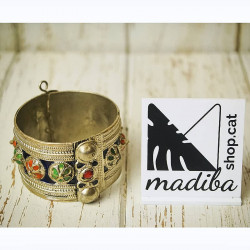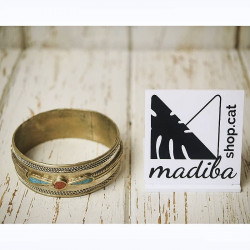The Kabylia is a region in northern Algeria. The Kabylia people form a of the largest divisions of the Berbers (indigenous tribes of North Africa). It is estimated that about 8 million Algerians are today of a mobile origin. The people of this mountainous region maintain a different culture from the rest of the country.
The history of Algerian jewellery dates back to prehistoric times. From the good example discovered in Algerian soil, time has revealed more complete works firmly rooted in antiquity and the middle Ages.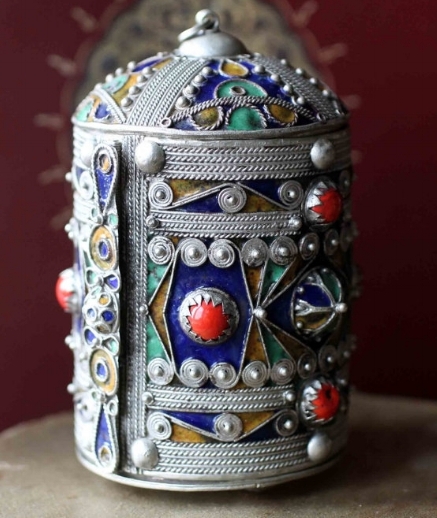
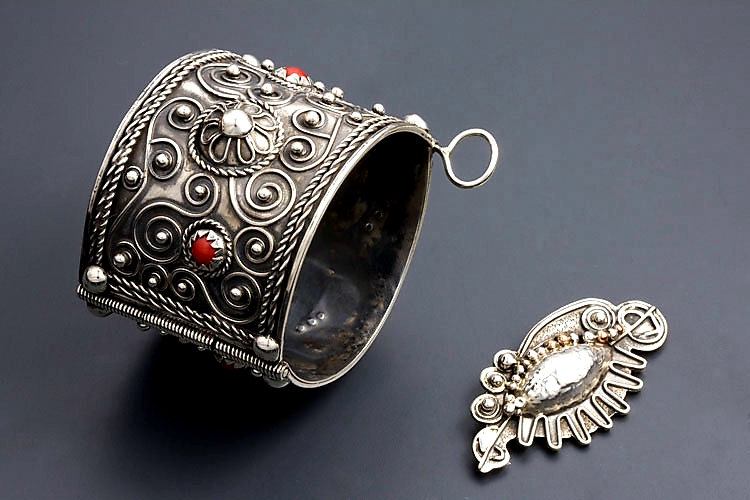
Kabyle jewels mainly use blue, green, yellow and red (pure Mediterranean coral) colours and are always made of silver.
The Kabylia region is known worldwide for the manufacture of jewellery, its origin dates back to 1492. The popularity and outstanding nature of these productions are due to an unusual and captivating use of enamel. The blue, green and yellow enamels form an active contrast with which the pieces are fixed. Enamel is a substance composed of a fine powder usually made of sand that contains a minimum of potassium and sodium. These are finely ground and vitrified at high temperature.
Different oxides are used to provide the colour. Chromium oxide is used for a bright and translucent green, cobalt oxide for translucent blue while copper di-oxide produces a fresh green of deep opacity. The use of lead chromium plating is an opaque yellow colour.
The Kabyle enamelling technique, which involves delineating the parts of the jewellery that must be coloured, has its own character and method. The design is reproduced in silver wire and welded on a thin silver plate. The blanks are carefully decorated with enamel. The piece is allowed to dry at room temperature and then placed in a baking oven. And only after cooling, the enamelling will acquire its final brilliance.
The pieces coming from the Kabylia are extremely exclusive and of a very high economic value.

